One of the most impressive monuments in Lisbon is the Padrão dos Descobrimentos, right on the banks of the Tagus. What many visitors don’t know, however, is that it is also one of the most beautiful viewpoints in the city.
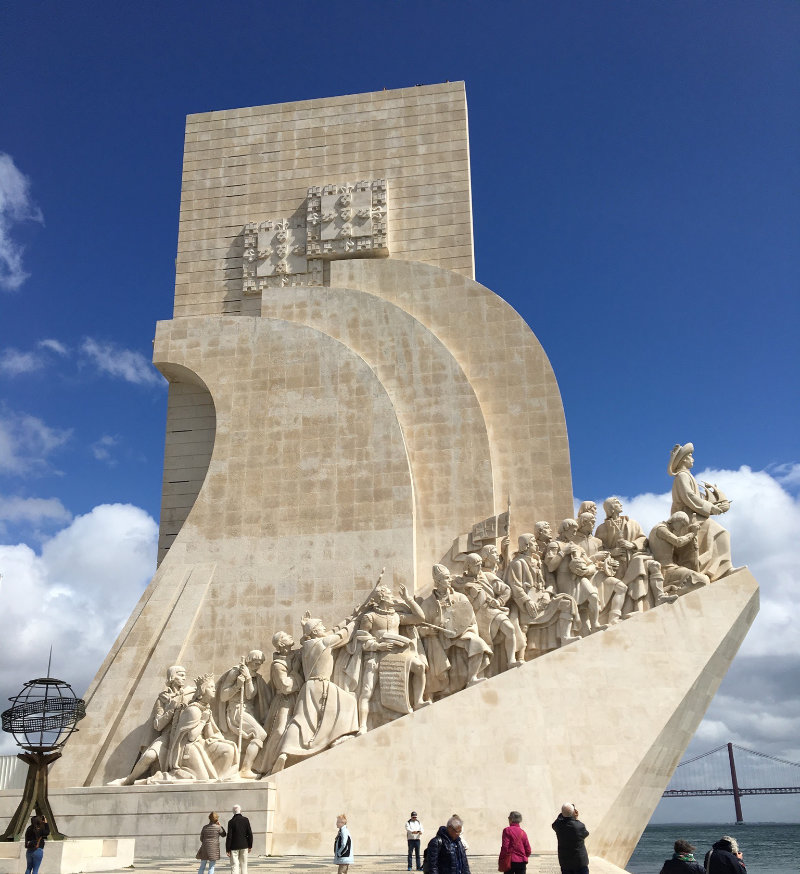
On the banks of the Tagus in the district of Belém stands a huge monument that attracts attention with its shape and design.
Padrão dos Descobrimentos
The Padrão dos Descobrimentos was not the first monument to be erected on this site in Belém. In 1940, when Portugal hosted the World’s Fair, a temporary monument was erected on this site, similar in design to today’s Padrão dos Descobrimentos. However, the temporary monument was dismantled after the end of the World’s Fair.
The idea of building a permanent monument on this site was not born until the 1950s, when Portugal wanted to emphasise the commemoration of the historic maritime discoveries and their impact on the world. As a result, an architectural competition was held, which was won by Leopoldo de Almeida and Cottinelli Telmo.
The two architects designed a monument symbolising the importance of the discoveries for Portuguese history and culture. The monument was finally completed in 1960 and has since been considered one of the most important landmarks in Lisbon.

In 1960, on the 500th anniversary of Henry the Navigator’s death, the monument was reconstructed. This time, they wanted to create something “permanent” and used concrete and pink-coloured masonry. The sculptures were made of limestone from nearby Sintra.
The monument was designed by the Portuguese sculptor Cottinelli Telmo and the architect Leopoldo de Almeida and is located on the Belém waterfront on the banks of the River Tagus. It has a height of 52 metres and is designed in the shape of a ship’s bow that extends majestically into the river.
It was only later that the interior of the monument was redesigned to include an exhibition hall and an auditorium for events. In addition, the viewing platform was built on the Padrão dos Descobrimentos.
The figures of the monument
The two side ramps of the Padrão dos Descobrimentos are designed by different figures. It looks like a group of people who want to set sail. At the top is Henry the Navigator, looking out over the Tagus. At 9 metres, this is also the largest figure on the monument.

He is followed by 32 important personalities of Portuguese overseas expansion and Portuguese culture. Many of the characters’ characteristics / professions can be guessed from the symbols they carry with them. For example, you can recognise sailors, warriors, artists, but also cartographers and missionaries. These figures are each 7 metres tall.
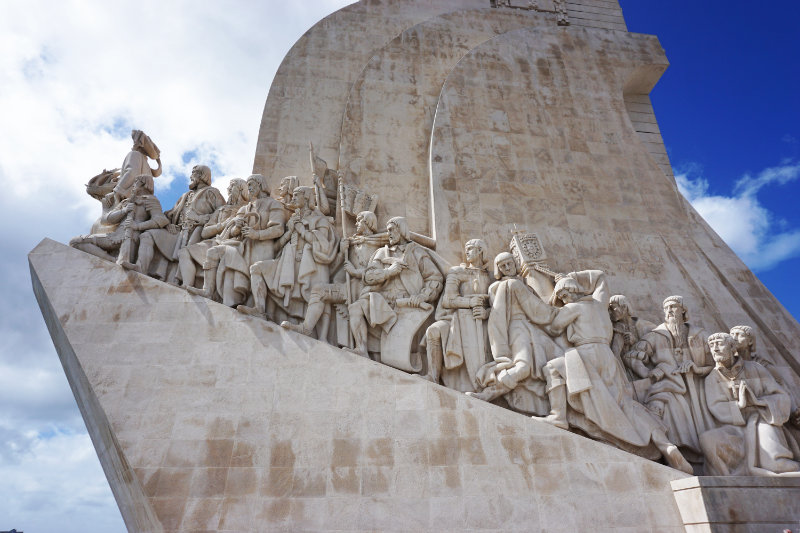
Those who know something about the age of the explorers will recognise, for example, Vasco da Gama (discoverer of the sea route to India), Ferdinand Magellan (navigator), Pedro Álvares Cabral (navigator, took possession of Brazil for Portugal) and Prince Henry the Navigator. I was very surprised to see even a woman, Queen Philippa of Lancaster.
On the north side of the impressive monument, which is about 56 metres high, you can read the following inscriptions:
AO INFANTE D. HENRIQVE E AOS PORTVGVESES QVE DESCOBRIRAM OS CAMINHOS DO MAR (In honour of Prince Henry and the Portuguese who discovered the sea routes).
NO V CENTENÁRIO DO INFANTE D. HENRIQVE 1460 – 1960 (In the 5th Century Prince Henry 1460-1960)
The way to the viewing platform
If you are standing in front of the monument, you first have to climb a few steps to a small platform that is free of charge. If you want to take a look at the surroundings from there, you should go past the queue for admission.
Only from this platform can you enter the interior of the monument through a portal. There you will find the ticket office and the lift that takes you to the viewing platform (there is also a staircase). Temporary exhibitions are held in the basement.

The viewing platform is not large and is surrounded by a high wall. Smaller children will have to be lifted up so that they can see something. But it is definitely worth it!
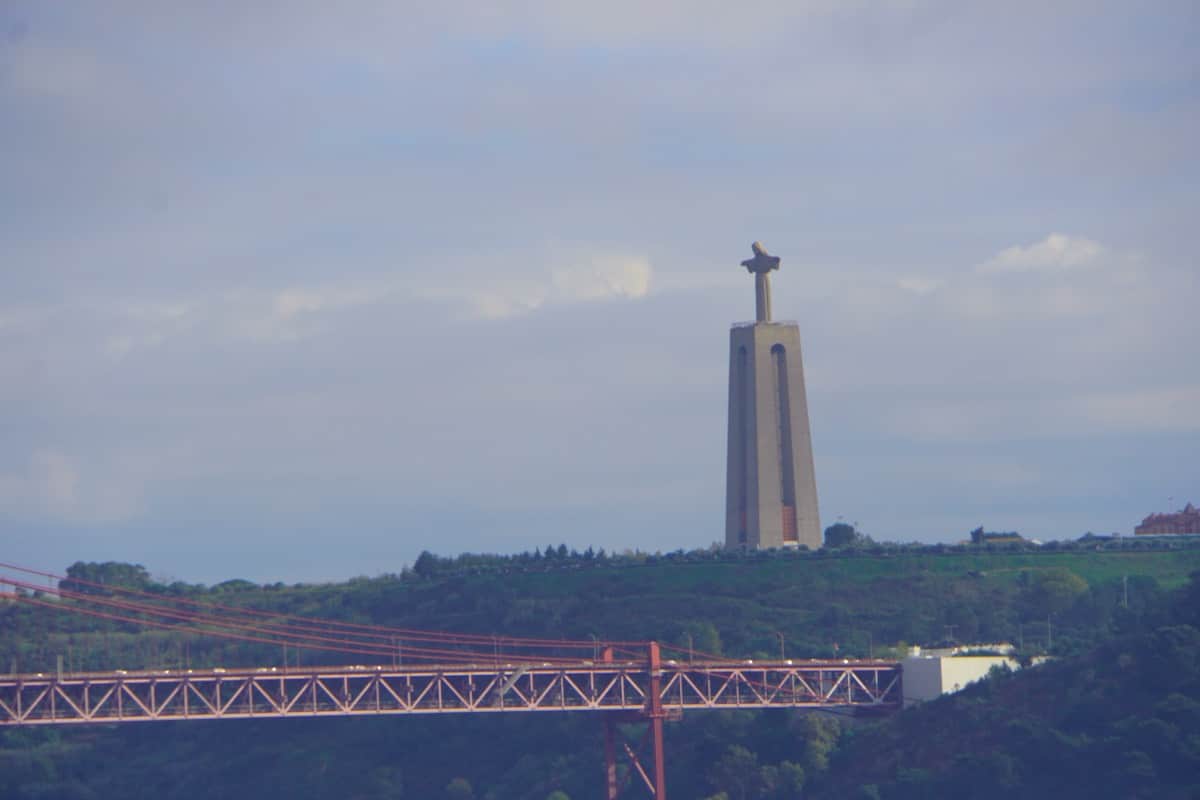
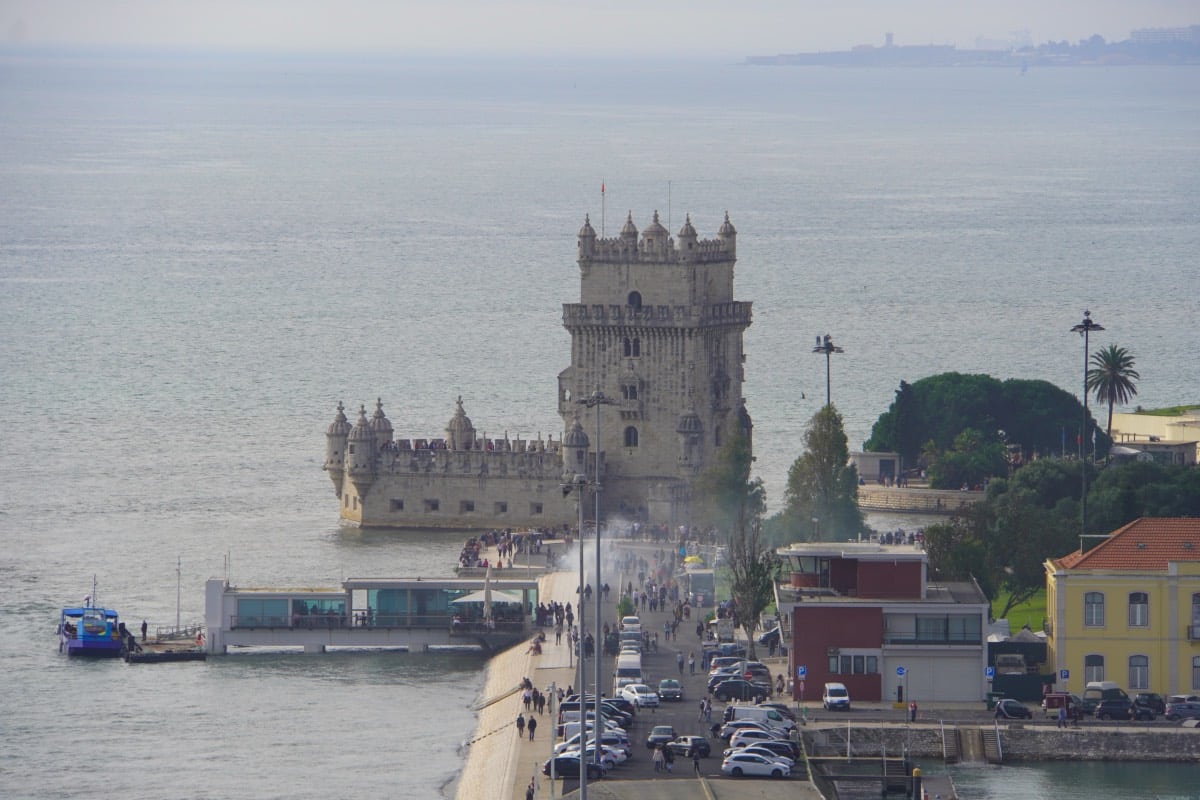
If you look towards the Tagus, you can see the Ponte 25 de Abril and the Torre de Belém. You can even see the huge Cristo statue on the other side of the river. A beautiful view, which becomes even more varied every now and then with a passing boat.

If you look in the opposite direction, you will see Belém. Here, the Mosteiro dos Jerónimos is the main attraction.
The Compass Rose
Don’t miss the view from the viewing platform onto the forecourt of the monument. From up there, you have a great view of the compass rose, the size and appearance of which can only be guessed at by looking at it from the square.
The wind rose has a diameter of 50 metres. It is made of black and red Lioz limestone. The architect Luís Cristino da Silva designed the work of art. The Republic of South Africa covered the costs and thus participated in the commemoration of Henry the Navigator.

You can see a map of the world, a mermaid, a mystical-looking fish and Neptune riding a sea creature with his trident. If you look closely, you will also discover three blowing faces, which are supposed to represent the wind.
In addition, dates and ships have been noted with the main routes of Portuguese expansion from the 15th and 16th centuries.
The Compass Rose is not only a symbolic element of the monument, but also a popular place for tourists to take photos and enjoy the view of the Tagus River and the monument. It is also an important place for Portuguese school classes, who come here to learn about the history and importance of discoveries and seafaring for Portugal.
Address:
Av. Brasília
1400-038 Lisbon
Opening hours:
October-February
daily: 10-18 h
March – September
daily: 10-19 h
closed:
1.1., 1.5., 24.12., 25.12., 31.12.
Admission prices:
Adults: 6,-€
Discounts are available. With the LisboaCard you get a discount.





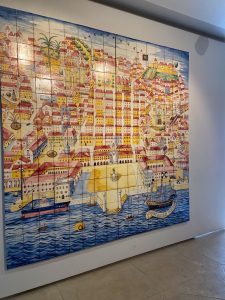











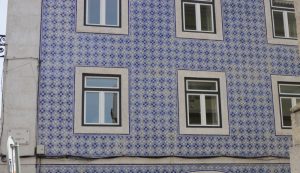

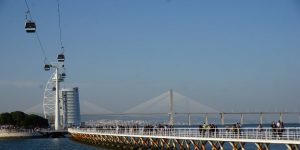









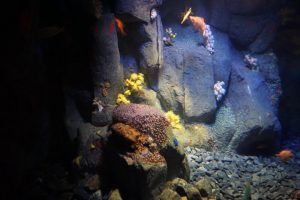
Leave a Reply